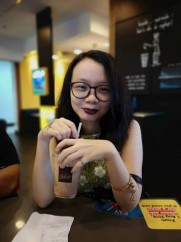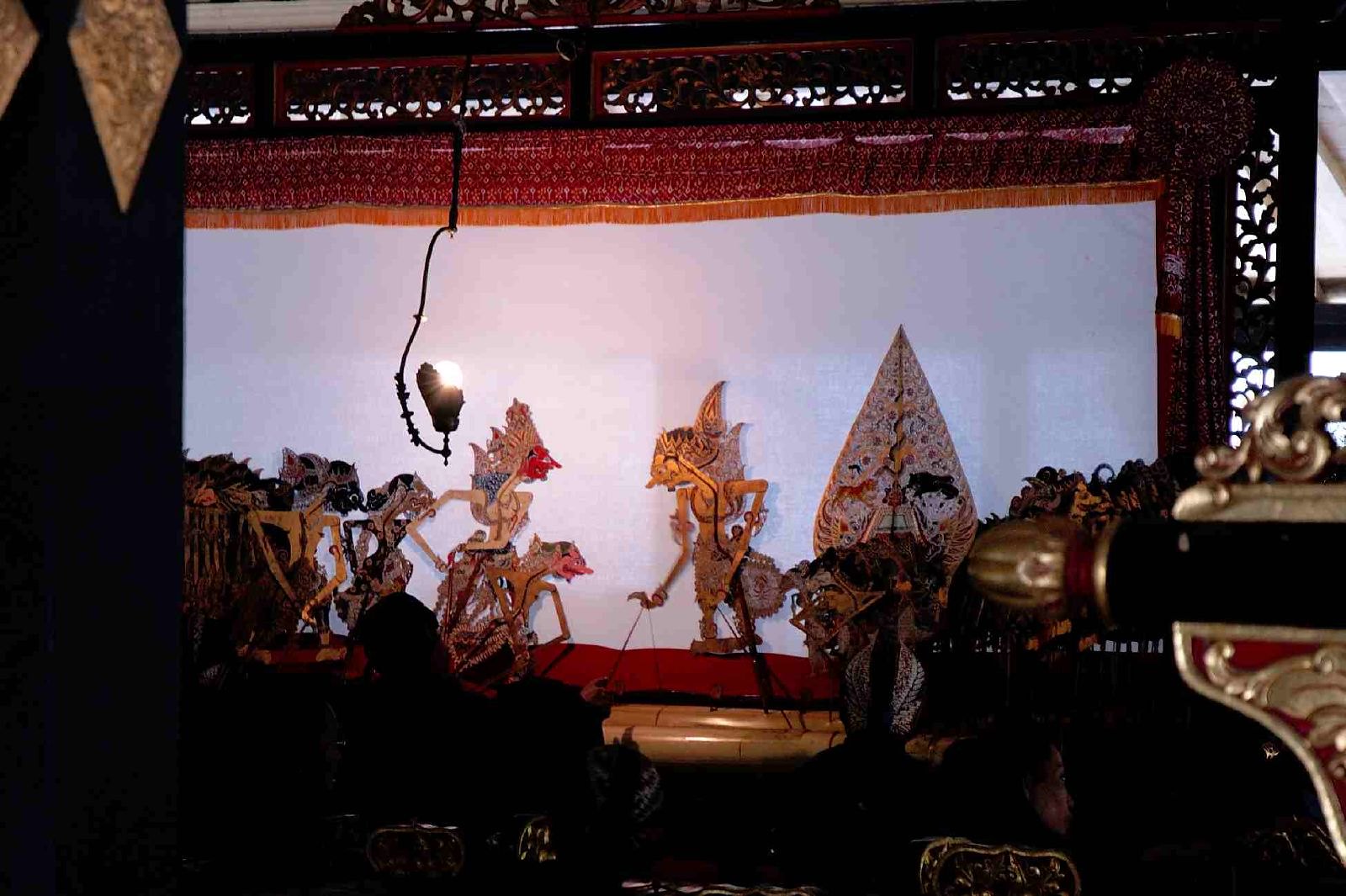Both art and entertainment, the Sanskrit roots of wayang kulit may hold a modern solution into keeping the tradition alive.
Beginning with the crack of a stick rapping against the wooden linings of a drum, followed by the rhythmic ringing of bronze gongs, an unassuming white sheet is lit with a singular lamp behind it. Strategically moving beneath the ‘stage’, little flat figures are illuminated, their shadows casting a larger image onto the sheet. The puppet master remains out of sight, his own shadow blending into the lower half of the frame that holds up the sheet.
This performance is known as the wayang kulit, or shadow theatre. The figures are of cowhide origin, expertly and intricately carved from a paper template and hardened to mimic the sturdiness of a wooden frame. The main performer and storyteller is known as a Tok Dalang, who also possesses the skills needed to craft the lace-like silhouettes.
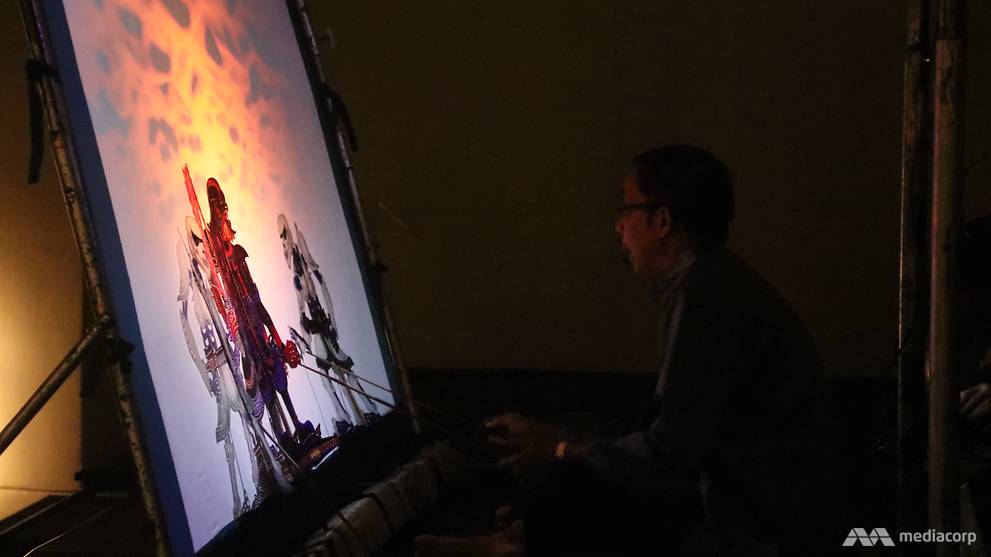
While most know the wayang kulit to originate from Javanese-Indonesian histories, this intricate shadow puppetry play is actually the result of a long intertwining and complex history across the entire archipelago.
Over the centuries, long before the conquests of the Europeans even began, ancient empires of Thai, India, Indonesian, and even Chinese powers travelled all over the region for new trading and settling posts, spreading their own influences across the continent. Converging in the newer-established territory of Malaya, the shared similarities each culture brought with them in the form of arts began forming collectively, of which one of the resulting was the art of the wayang kulit.
The basis of shadow play can be linked to 12th-century Thai art forms of the nangtalung puppetry and nora masked dances, as well as 17th-century Chinese rod puppetry that found popularity in Indonesian regions as wayang golek.
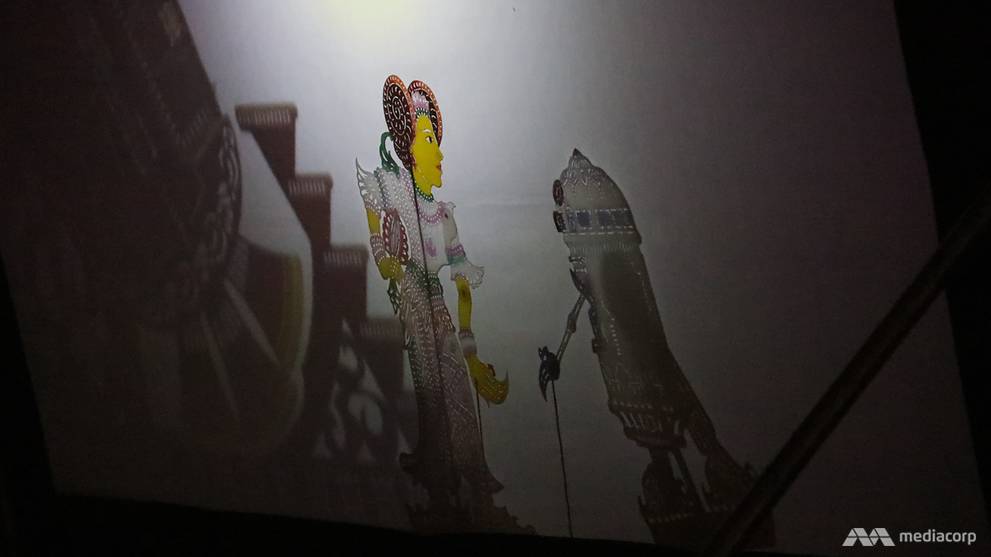
Fables and tales often enacted in wayang kulit performances are rooted in Hinduism, salvaged from the Srivijaya empire that celebrated divine legends of Mahabharata and Pamayana. Some stories also have Islamic influences, brought from Muslim traders and Sufi mystics from the Javanese, Sumatran, and Buginese communities.
To identify which regional influence are the strongest in the Malaysian wayang kulit, pay attention to the number of movable appendages and the types of instruments used for the performance. For instance, the Johorean wayang kulit has direct Jawan influence, taking story cues from the ‘purwa’ fables of inhuman and spiritual beings interacting with human society following the Sanskrit ‘parwan’ or ‘the start’.
Kelantanese wayang kulit takes more from the Siamese designs, having shared borders and cultures more predominantly. Unlike the Johorean performance, Kelantanese performances feature more long drums and the serunai, an oboe-like flute. Look closely, and you will notice that Kelantanese puppets are able to move two limbs instead of only one as seen with the Johorean puppets.
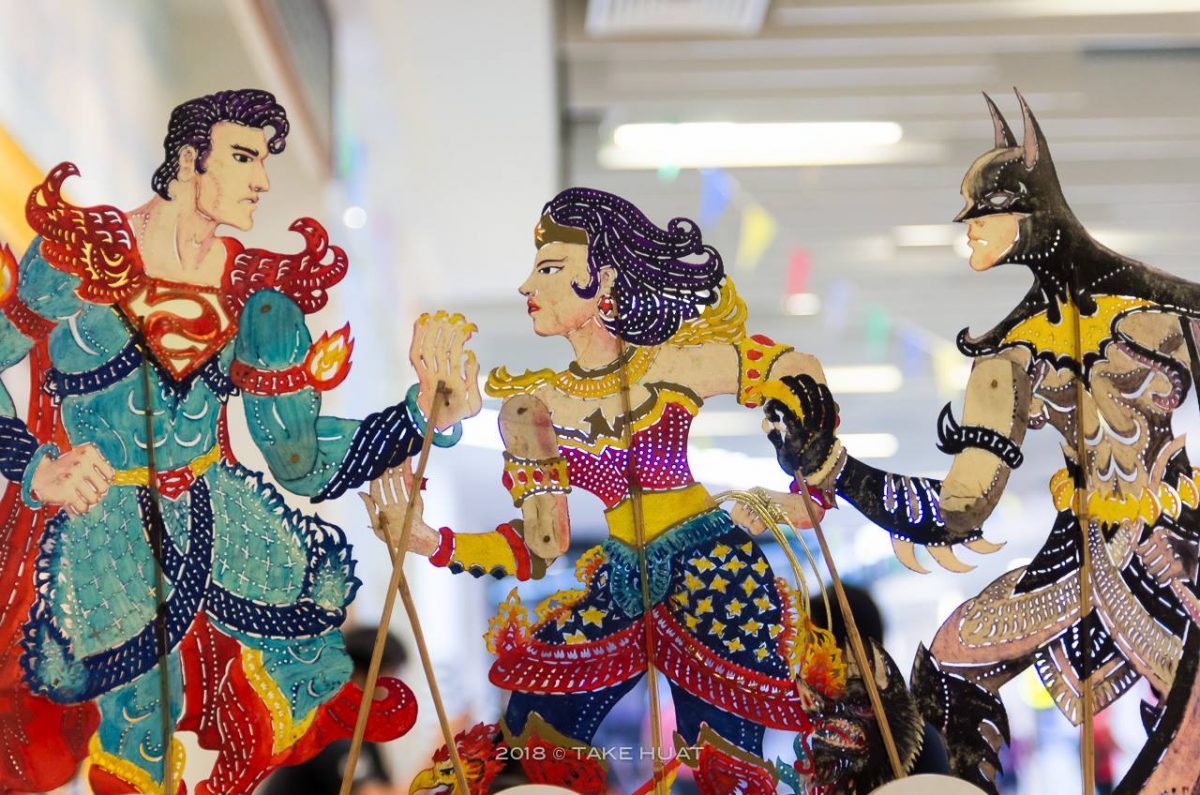
Like the silat martial arts, each performance is prepared for in a strong spiritual aspect, with the main performers and musicians taking part in prayer rituals. The Tok Dalangs are seen as bridges connecting heaven and earth, invoking the old spirits to bring life to the puppets.
Sadly, both these and many more ancient art forms are being lost due to the curtailing of modern Islamic courts deeming these performances haram and un-Islamic as a majority of the wayang kulit stories detail other gods and supernatural beings. The lack of apprenticeship, formed by a lengthy process of gaining the trust of the Tok Dalangs, as well as a time-consuming hands-on learning of making the puppets are being passed over for more convenient and instant entertainment, also contribute to the dying out of many pre-Islamic cultural practices.
SAVING THE SHADOWS
In Kerala, wayang kulit is known as Tholpavakoothu, found in Palakkad, Thrissur and performed during events dedicated to the goddesses Durga or Kaali.
Tok Dalangs are known as the ‘pulavan‘, and a family specialising in these puppetry performances are known as Pulavar. Striving to preserve this cherished artform as well as keeping its importance alive in the community, the Pulavar family has been hosting training sessions and camps for both local and international students.
But similarly to the wayang kulit, a dwindling interest in the ways of old remain a huge hurdle for these practices to stay alive.
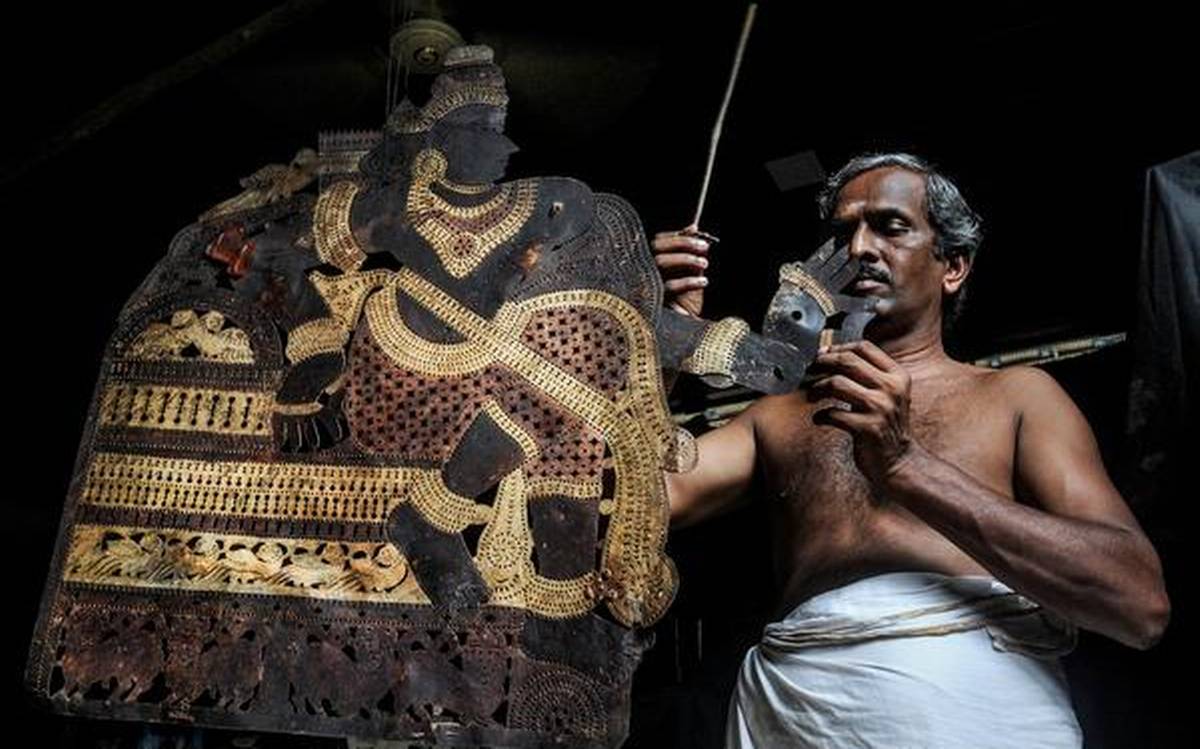
Yet, Rahuk Balachandran steps up to the plate, applying his knowledge and expertise in the modern sciences of automation and robotics to the ancient art. With support from the District Heritage Museum in Palakkad, enthusiastic response from crowds pre-lockdown, and an installation at Kochi airport, it looks like Kerala’s own shadow art can hope to see a few more generations ahead. We can only hope the same type of innovation is sparked for Malaysia’s variation.
*This article was first published in part in The Expat July 2020 edition. To subscribe and get more articles like this, click here.
"ExpatGo welcomes and encourages comments, input, and divergent opinions. However, we kindly request that you use suitable language in your comments, and refrain from any sort of personal attack, hate speech, or disparaging rhetoric. Comments not in line with this are subject to removal from the site. "

